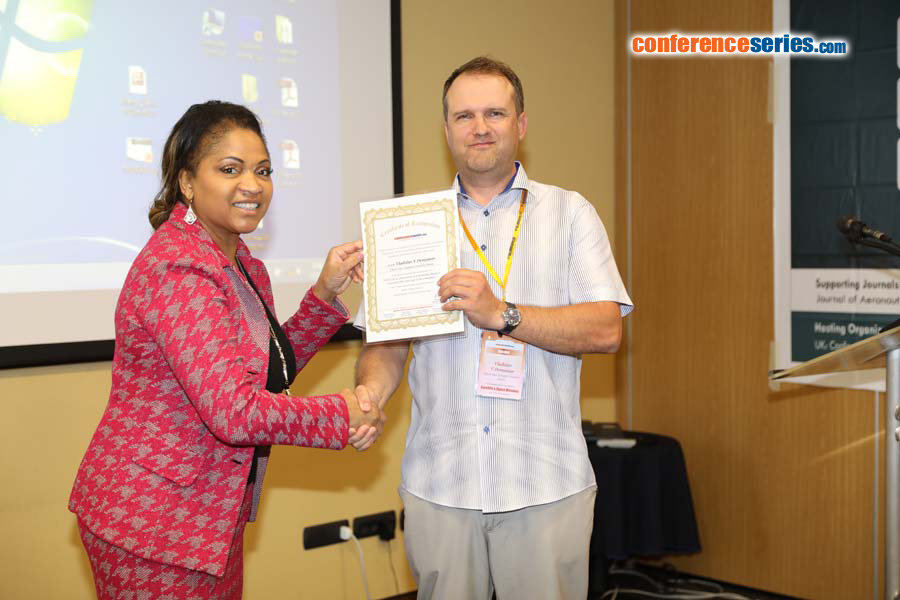
Vladislav V Demyanov
Irkutsk State Transport University, Russia
Title: GNSS carrier phase noise as a promising means to reconstruct fine structure of the ionosphere
Biography
Biography: Vladislav V Demyanov
Abstract
Ionospheric activities and natural hazard events are accompanied with ionospheric disturbances at different spatial and temporal scales. For example, multi-scale-ionospheric GNSS-TEC (Global Navigation Satellite Systems- Total Electron Content) disturbances are observed during certain periods of time before and after the main phase of geomagnetic storms and earthquakes. Rocket launches are also accompanied with TEC-waves of different scales. Earlier it was revealed that both existence time and propagation distances are substantially different for the ionospheric waves at different scales. The small-scale ionospheric turbulences have weaker intensity, but they live longer and propagate with different speeds in comparison to the large-scale ionospheric disturbances. Thus, we could consider small-scale ionospheric disturbances as an additional means to improve the efficiency and reliability of ionospheric activity monitoring. In this report, the second-order derivative of the GPS signal phase is considered as a promising means to detect the small-scale weak ionospheric disturbances. Our modeling and experimental results show that the second-order derivative of the GPS-signal phase can be utilized to detect the weak small-scale ionospheric disturbances with size of decades and hundreds of meters. As the single-frequency data interpreting strictly depends on the L2P(Y) or L2C data were processed we discuss the likely cause for these differences: L1-aided tracking used to track both the L2P(Y) and L2C signals as well.


